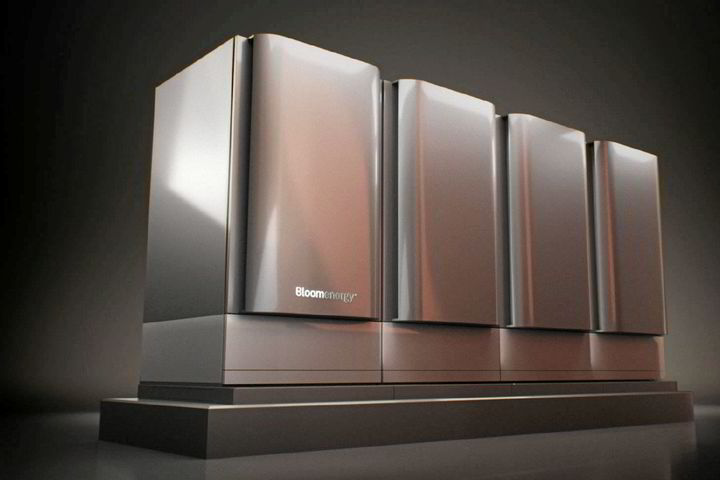US hydrogen firm Bloom Energy posts $209m loss for 2023, with nearly $4bn deficit accrued to date

Bloom Energy raked in a record $1.3bn for 2023. But this meant it had just missed its $1.4-1.5bn target for the year, and the solid-oxide fuel-cell and electrolyser maker is continuing to struggle when it comes to making a profit, according to its annual results for 2023.
Based on generally accepted accounting principles (GAAP), the technology firm saw an operating loss of nearly $209m, with a loss of $1.42 per share after non-operating expenses are included.
Bloom Energy’s CFO Greg Cameron has also notified the company of his intention to resign, the firm announced yesterday.
The company adds that Cameron’s exit “is not the result of any disagreement with the company on any matter relating to the company’s operations, policies, or practices”, with the CFO highlighting in the earnings report that “the last four years have been an amazing professional journey and I’m proud of what we’ve been able to accomplish”.
Bloom Energy added in a separate filing to the US Securities and Exchange Commission that as of the end of 2023, it had accumulated $3.9bn in losses.
The company also identified the scale of its debt as a potential risk factor to its growth.
Article continues below the advert
“Given our substantial level of indebtedness, it may be difficult for us to secure additional debt financing at an attractive cost, which may in turn impact our ability to expand or maintain our operations, develop our products, and remain competitive in the market,” it admitted, adding that there was also a risk that it would not be able to generate enough cash to repay its debts.
On an analyst call, CEO KR Sridhar attributed the lower-than-expected revenue in the latter half of 2023 as a result of changes in regulation in South Korea, one of its key markets.
“In 2023, we had to hit a pause in the deployments to adapt to the new policy and procurement rules that the Korean government enforced in the middle of the year,” he said, referring to the clean hydrogen portfolio standard, which sets out requirements for companies to use H2 with a carbon intensity of less than 4kg CO2 per kilo of hydrogen.
Sridhar said: “While that created a lowering of our sales to Korea in [the] second half of 2023 and a slow start in first half of 2024, they are back on track, and we expect a strong business in Korea in the second half of 2024 and in the future.”
Cameron, also on the call, pointed towards an agreement with SK Ecoplant to supply 500MW of fuel cells through 2027, “providing visibility for nearly $1.5bn in product revenue over the next four years and $3bn in service revenue over the next 20 years”.
He added: “The prior agreement was amended to reflect the implementation of the clean hydrogen portfolio standards in Korea. The new agreement adjusted the timing of deliveries, which reduced 2023 revenue by roughly $160m versus the prior agreement’s 2023 volume commitment.”
Bloom Energy forecasts that it will see $1.4-1.6bn in revenue for 2024, but only lists a non-GAAP gross margin of 28% and operating income of $75-100m in its outlook.
Nearly all of the firm’s revenue to date has come from sales of its fuel cell power generators, which can run on biomethane, natural gas, or hydrogen, while its solid-oxide electrolyser, which operates at a high-temperature in order to produce more hydrogen per kilowatt-hour of electricity input compared to other technologies, is still “in the early stages of commercialization”.
The California-based company also noted that much of its revenue hinged on anchor customers, with two clients accounting for 37% and 26% each of the $1.3bn it reported for 2023.
“The loss of any large customer order or any delays in installations of new products with any large customer would materially and adversely affect our business results,” it warned.
Bloom Energy is also in the midst of carrying out a restructuring plan, approved in September 2023, to reduce its workforce, relocate some activities at its manufacturing and warehousing facility in Delaware to Mexico, and close down its factory in Sunnyvale, California. So far, it has laid off more than 200 full-time staff and 56 contractors.
The firm had opened a $200m gigawatt-scale factory, capable of producing both fuel cells and electrolysers, in Fremont, California in 2022.



